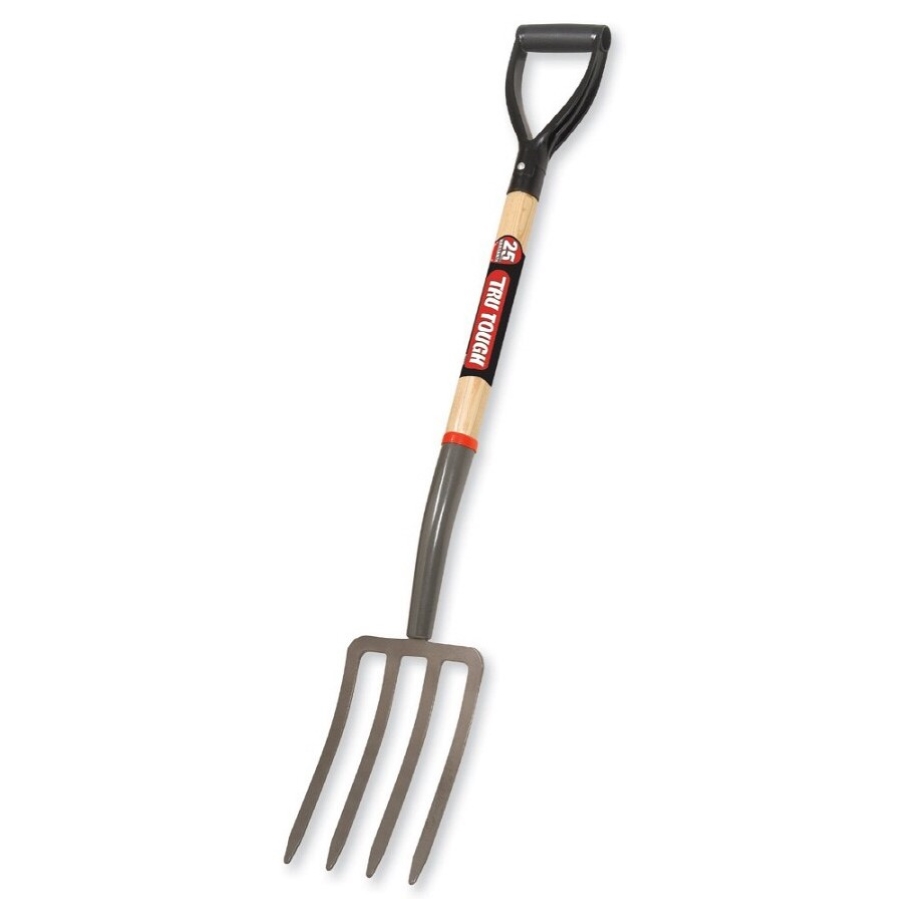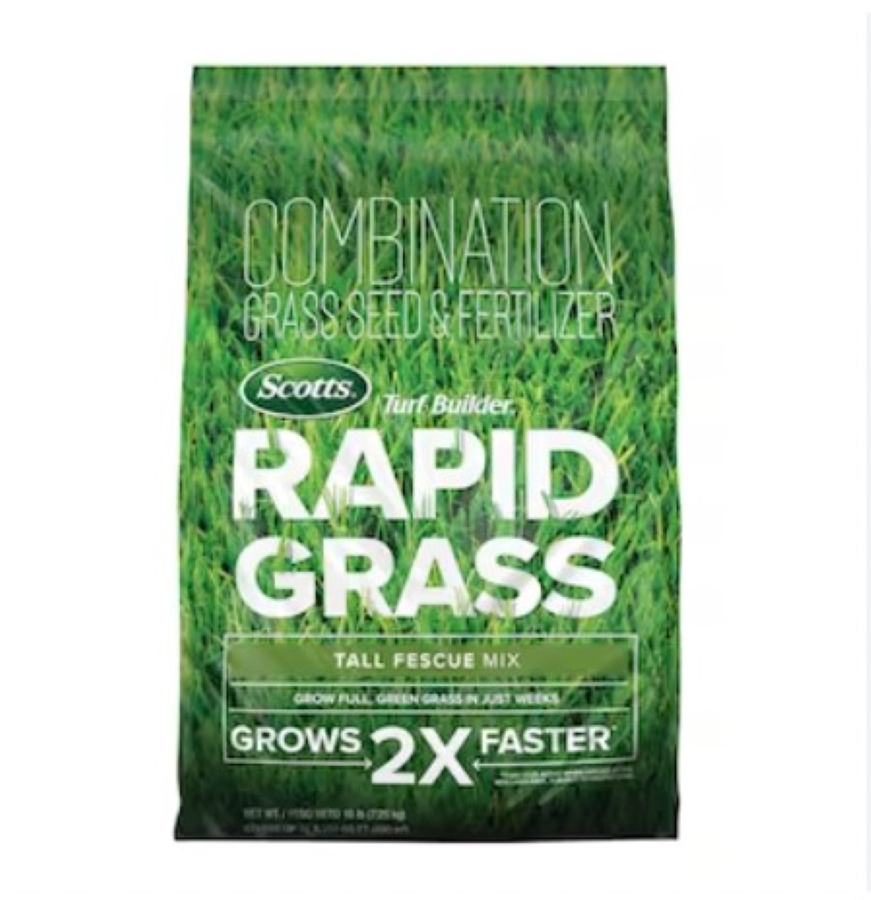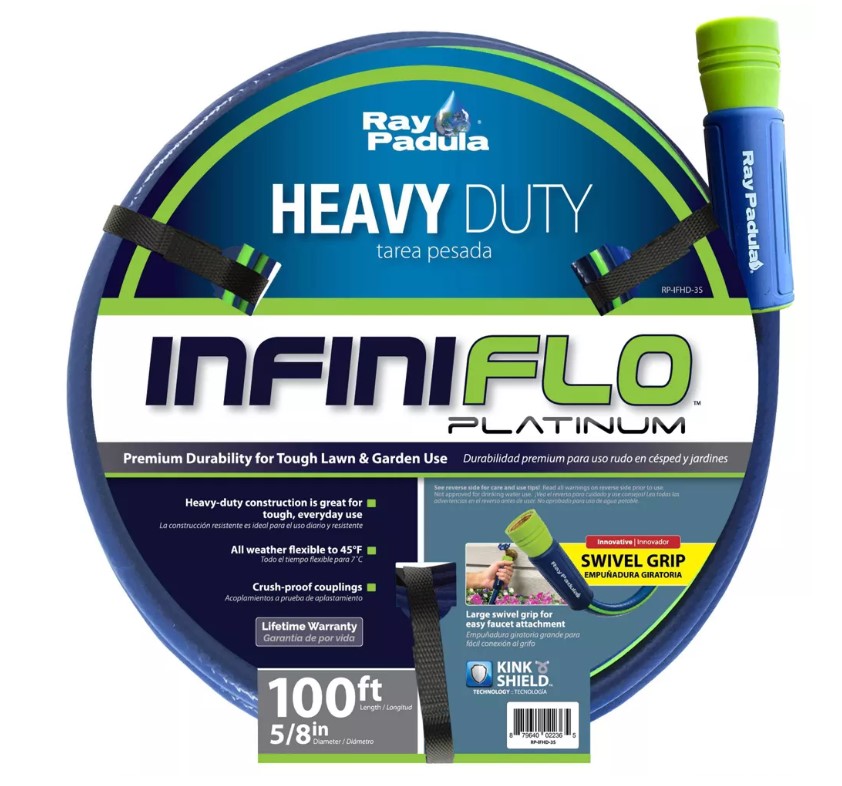'Step away from the chemicals' - this all-natural lawn care routine is better for your garden's health, and your pocket
Organic lawn care is the simple way to get your healthiest lawn ever without the environmental impact or breaking the bank


We all want a healthy luscious-looking lawn but this comes at a cost. Our bank balances and the environment suffer as a result of aggressive fertilizer tactics and unnatural gardening methods. We are left longing for greener pastures without any idea of how to achieve it.
That's where natural gardening practices can come in. There are ways to treat your grass without resorting to chemical fertilizers, they are far easier and cheaper and will get you brilliant results for your modern garden.
Discover how to get your healthiest lawn ever naturally, and it is probably with things you already have!
What are the benefits of organic lawn care?
There are huge benefits to be had by ditching toxic chemicals. The first is that you are also ditching the environmental impact. 'Natural methods mean fewer chemicals entering the environment,' says lawn expert Bryan Clayton. 'This results in less groundwater pollution and less harm to beneficial insects and organisms.'
The eco-friendly garden practice is not only safer for beneficial garden insects, but it is also safer for humans. Using natural methods eliminates the risk of exposing us, specifically children (and pets) to potentially harmful chemicals. Whilst the risk is low there are some things that just aren't worth it, and with such great natural alternatives, this is one of them.
Obviously, these are the most important benefits, but the fact it is also cost-effective is the cherry on top. Not only are you not spending money on expensive fertilizers it also works out cheaper over time. 'Organic lawn care, in the long run, can be cheaper as the lawn becomes self-sustaining, requiring less maintenance and fewer inputs,' explains Bryan.
'Unnatural methods might give quick results, but they can deplete soil health over time and potentially harm local wildlife,' says gardening expert Tony O'Neill. It also increases your lawn's resilience as it learns to naturally resist pests, disease, and drought conditions. perfect for those of you looking to create a low-maintenance backyard.
The Livingetc newsletters are your inside source for what’s shaping interiors now - and what’s next. Discover trend forecasts, smart style ideas, and curated shopping inspiration that brings design to life. Subscribe today and stay ahead of the curve.
What to do
1. Aerate
The number one tip for creating a strong healthy lawn is to aerate regularly. This is something I personally never considered, but now makes so much sense.
'Aeration involves perforating the soil with small holes to allow air, water, and nutrients to penetrate the grass roots. This helps the roots grow deeply and produce a stronger, more vigorous lawn,' says Bryan.
There are many ways to do this, but the simplest is using a spading fork to gently coax loose the soil. This technique is particularly useful when attempting to cure yellow grass or if you live in a particularly dry climate.
2. Natural fertilizers
Just because we have cut out the chemicals doesn't mean we have to say goodbye to fertilizers altogether. Natural and organic fertilizers can be just as useful.
'In my experience, compost and other organic fertilizers improve soil health and structure. They release nutrients slowly, ensuring a steady food supply for your lawn,' says Bryan.
If you are really eager to embrace sustainable living you can recycle your vegetable food scraps and make your own compost, filled with all the nutrients your garden needs to grow strong and healthy.
3. Overseed
'The overseeding method involves planting grass seeds directly into existing turf,' explains Bryan. 'It's an easy way to improve bare spots, enhance lawn color, and achieve greater density.'
This quick little activity can be a useful way to target specific areas to build up the overall health of your lawn. Sometimes you may find that one patch of grass appears to be struggling behind the rest, using a natural lawn seed you can give it a helping hand to becoming healthier. Although a tapestry lawn is on trend, unintentional, sparsely-covered lawns don't cut it.
4. Grass-cycling
Don't worry no bicycles are involved in this gardening technique. It is super simple, is great for sustainable living and actually requires almost no extra work at all!
'Getting a healthy lawn naturally relies on a few core principles: proper watering, aeration, and organic fertilizing, but my favorite method is 'grass-cycling,' which leaves grass clippings on the lawn to fertilize the soil naturally after mowing,' says Tony.
Grass clippings contain valuable moisture, and vital nutrients. It not only saves time as you do not need to tidy your clippings, but it also saves money and benefits the environment. No more bagging and disposing of clippings which means no more excuses not to mow the lawn. A healthy lawn has never been easier or as eco-friendly.
Everything you need for a natural healthy lawn

Formerly a news writer for Livingetc, Amy completed an MA in Magazine Journalism at City, University of London, and has experience writing for Women’s lifestyle publications across arts, culture, and beauty. She has a particular love for the minimalist aesthetic mixed with mid-century furniture, especially combining unique vintage finds with more modern pieces. Her previous work in luxury jewellery has given her a keen eye for beautiful things and clever design, that plays into her love of interiors. As a result, Amy will often be heard justifying homeware purchases as 'an investment', wise words to live by.


